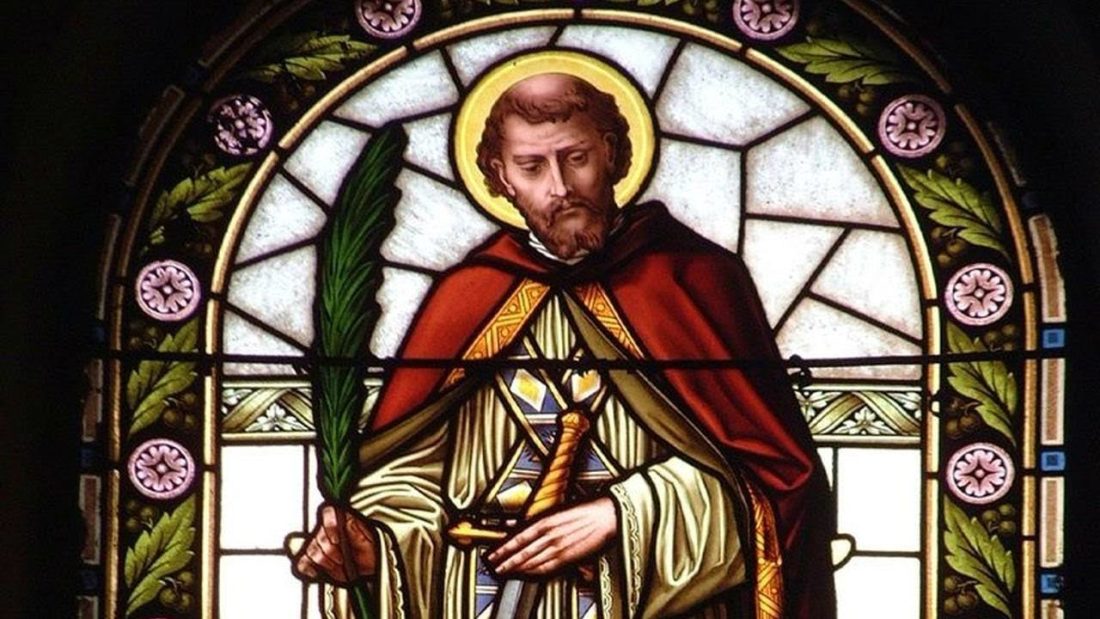The Feast of St Valentine

Friday February 14, marks an important day in the church’s liturgical calendar – the Feast of St Valentine, a day for honouring love and romance.
Few of us will have been impervious to the mountains of cards, gifts and love tokens on display in shop windows almost as soon as Christmas was over. This is a day celebrated through the ages as a time to honour love and romance with gifts of cards, chocolates and flowers.
But who was this Saint who is commemorated so widely by young and old alike?
The Catholic Church recognises various saints called Valentine, all of whom were martyred. One story suggests that Valentine was a priest who served during the third century in Rome. When Emperor Claudius decided that single young men made better soldiers than those with wives and families, he outlawed marriage for young men.
Valentine believed this was unjust, defied Claudius and continued to marry young lovers in secret. When his actions were discovered, Claudius sentenced him to death. He is reputed to have sent the first valentine greeting after falling in love with a young girl, possibly the jailor’s daughter. It was signed: “From your Valentine”.
He was martyred and his body buried on the Via Flaminia on February 14. This day has been observed as the Feast of St Valentine since at least the eighth century.
For those not expecting to be overwhelmed with exuberant cards and flowers, I offer a small gift of compensation – a Valentine nosegay and romantic verse from the 19th-century poet John Clare:
Here, then, is the nosegay: how simple it shines!
It speaks without words to the ear and the eye;
The flowers of the Spring are the best valentines;
— Lynn Radnedge
